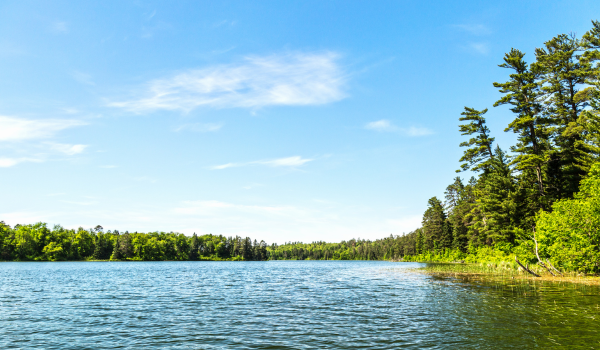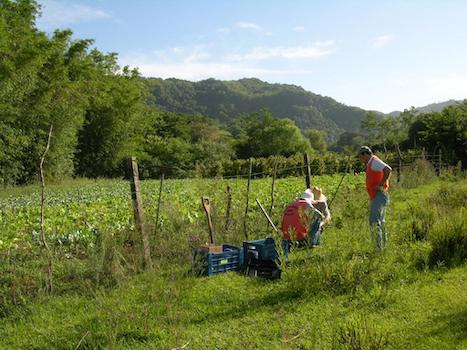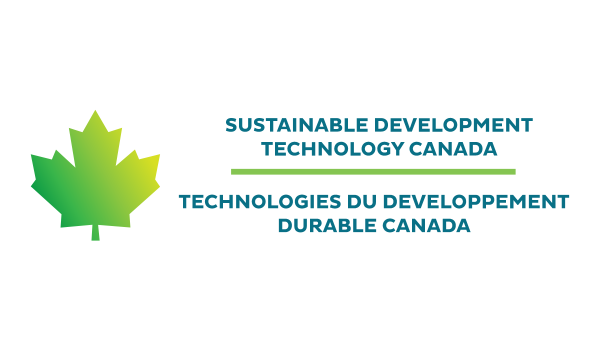A lake for learning
 More than 150 years ago, American scholar George Perkins Marsh challenged the widespread belief that the impact of humans on nature was benign. His influential 1864 book, Man and Nature, or Physical Geography as Modified by Human Action, warned of the effect of our activity on the environment, citing destructive deforestation practices in ancient Mediterranean civilizations.
More than 150 years ago, American scholar George Perkins Marsh challenged the widespread belief that the impact of humans on nature was benign. His influential 1864 book, Man and Nature, or Physical Geography as Modified by Human Action, warned of the effect of our activity on the environment, citing destructive deforestation practices in ancient Mediterranean civilizations.
Fast forward to 2000, when atmospheric chemist and Nobel laureate Paul Crutzen coined the term Anthropocene. He argued that human-induced changes to the Earth were so extensive and long-lasting we had, in fact, crossed a threshold into a new epoch.
Today, few dispute that deforestation, industrial agriculture and the burning of fossil fuels is irreversibly affecting the planet, whether through species extinction, rises in sea levels or changes in the climate.
However, for the last two decades, the question remained whether human impact was so significant as to usher in a new geological epoch – the Anthropocene.
Scientists have now come closer to consensus that the Earth is, indeed, squarely in the midst of a new, human-driven geological era. And they have selected mud from the bottom of Crawford Lake, just outside of Milton, Ontario, as the best evidence for it.
Francine McCarthy is Professor of Earth Sciences at Brock University in St. Catharines, Ontario. She led the research team investigating Crawford Lake’s sediment record, and advocated for it to represent the Anthropocene, competing against 11 other sites around the world.
Crawford Lake is a meromictic lake, meaning its layers of water do not intermix. McCarthy says this characteristic, and the depth of the lake, enable scientists to get an accurate record of the area’s human and natural history.
“Crawford Lake is so special because it allows us to see [yearly] changes in Earth’s history throughout two separate periods of human impact on this small lake. One was between the late 13th and 15th centuries by Iroquoian peoples, and much later, beginning in the early 19th century, the impact of European colonists,” said McCarthy in a press event by the Anthropocene Working Group (AWG).
The AWG was created in 2009 to study the geological evidence for a proposed Anthropocene epoch. To amend the geological time scale, they need to identify a convincing geological profile showing the beginning of planetary-scale change, what they call a ‘golden spike.’ That spike is at the bottom of Crawford Lake.
“When the water gets warm enough, calcium and carbonate form little crystals of calcite that snow down through the water, and each summer create a white layer,” McCarthy explains. “And it is that white layer that we can count and identify exactly which year we're looking at.”
Her team gathered sediment from the lake through a process called ‘freeze coring’ in which organic material freezes to the outside of a hollow tube, filled with dry ice and ethanol, which is dropped into the lake’s muddy floor. From these ‘cores,’ they can see annual layers of sediment that resemble tree rings.
Within Crawford Lake’s annual sediment layers are markers of history that, according to McCarthy, will remain there for millennia. They provide unmistakable evidence of what is called the Great Acceleration – the dramatic surge of human activity beginning around 1950 and continuing to this day. For example, McCarthy’s research team found a dramatic increase in fly ash, which results from combustion of coal in industrial applications such as steel mills, along with nitrogen isotopes from the use of nitrogen fertilizers.
“The [sediment] record at Crawford Lake shows the changes that make 1950 to today geologically different from before,” says McCarthy.
Crawford Lake also provides robust evidence of nuclear weapon testing that began in the Cold War era, just before the Great Acceleration. This is important, as the AWG decided to use Plutonium-239, which falls out from the atmosphere from aboveground nuclear testing, as the main marker for the beginning of the Anthropocene.
“Fortunately for us, the tests done in independent labs on our lake’s sediment layers confirm that all of these [markers] change very, very quickly right around 1950,” adds McCarthy. “So, I think that's why the Anthropocene Working Group chose our site in the end.”
The recent announcement by the AWG does not make the Anthropocene official, at least not by the standards of the International Commission on Stratigraphy, the scientific body charged with defining the geologic time scale. At least three more rounds of voting need to occur before the Anthropocene can be officially ratified at a congress planned for August 2024.
According to McCarthy, “We’re doing our level best to get the public to understand we’re at a critical juncture right now, where there is probably still time to turn the ship around before it hits the iceberg, so to speak. But we need to get that message out in a way that is convincing and understandable for people who vote and those who make decisions.”
R$
| Organizations: | |
| People: | |
| Topics: |
Events For Leaders in
Science, Tech, Innovation, and Policy
Discuss and learn from those in the know at our virtual and in-person events.
See Upcoming Events
You have 0 free articles remaining.
Don't miss out - start your free trial today.
Start your FREE trial Already a member? Log in
By using this website, you agree to our use of cookies. We use cookies to provide you with a great experience and to help our website run effectively in accordance with our Privacy Policy and Terms of Service.





